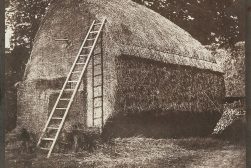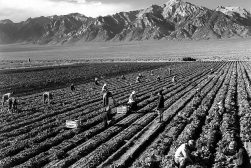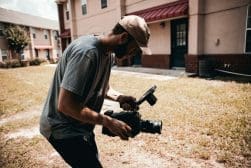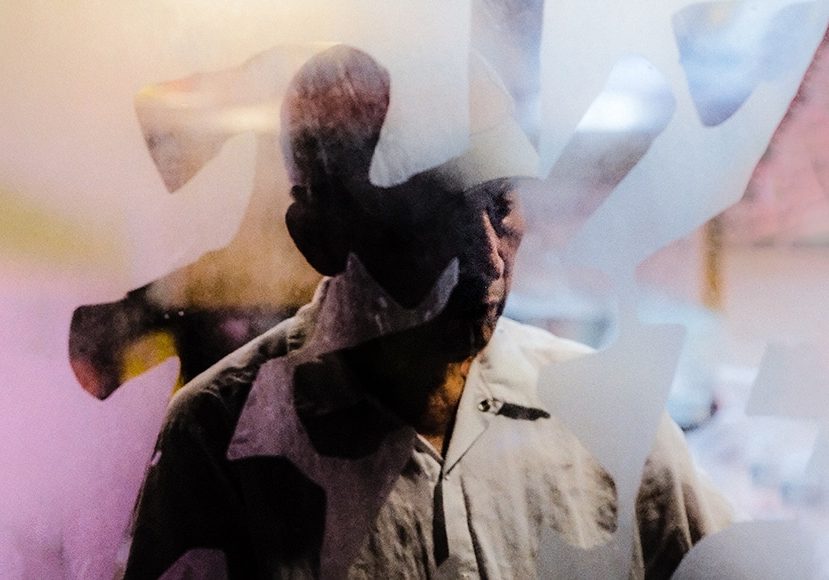
What is Documentary Photography? (Examples & Tips)
Want to learn about documentary photography? Check out this guide, including 8 expert tips for making your next project a success!
Documentary photography is an intriguing genre. In the simplest definition, we can think of it as capturing images of the world around us without intervening in what unfolds.
Get down to it, though, and documentary photography is more complex than that.
There’s a phenomenon in the field of physics called the observer effect, where objects and outcomes are altered purely by our action of observing them.
Similarly, the presence of a camera can influence how people act and how events unfold – even though it may not be the photographer’s intention.
Additionally, documentary photography can have an indelible impact on the course of history as we know it.
What the documentary photographer chooses to show (and, equally, what they choose to leave out) is important – because often that’s the story that takes root in our collective memory.
So if you’re interested in documentary photography – perhaps because you find real life a more captivating subject than anything staged, or because you think it can be a useful tool for enacting social change – then read on.
Let’s take a deeper look at what documentary photography is and how you can master it.
You can get some further inspiration from our guide to documentary ideas.
What is Documentary Photography?
Documentary photography is using a camera to chronicle real people and events in a truthful and objective way.
It can be centred on everyday life and how people live, for example, or focused on capturing a particular aspect of a culture.
A documentary style of photography can also be used to capture events like weddings.
Regardless of the subject, what makes good documentary photography is really the story at the heart of it.
The most compelling documentary photography highlights some underlying social issue. It opens people’s eyes or awakens their empathy by showing them an otherwise-unseen human side to events.
Now, you might be wondering if documentary photography and photojournalism are the same thing. Good question.
Photojournalism is a type of documentary photography, yes. The difference is that it’s generally limited to one particular event.
Think of a photographer being sent to cover a news story: they’re shooting in a documentary style, but the job is a photojournalistic one as it’s limited to that story.
Documentary photography more broadly can tell a wider story, linking together threads from various places and times to create a visual journey that illuminates a particular theme or issue. It’s commonly used when creating photo essays.
Famous Documentary Photographers
The field of documentary photography has been influenced by a wide range of exceptional photographers, many who have changed the world for the better.
Below are some of the most well-known. If you haven’t checked out their work before, it’s definitely worth looking them up.
- Jacob Riis – This Danish-born photographer used his photojournalistic prowess to inspire social reform in New York at the turn of the twentieth century. The images in his book How the Other Half Lives exposed the squalid living conditions of New York slums, and it was a work which lead to lasting social change.
- Dorothea Lange – Lange was a 20th-century American documentary photographer who used her camera to document everyday life during the Great Depression. Her work not only catalogued but deeply humanised the trials of life during the height of the Great Depression, and her images are considered to be highly influential to the shaping of the genre.
- Henri Cartier-Bresson – This famed French documentary photographer is best known for being one of the early pioneers of candid street photography. His book “The Decisive Moment” is one of the most famous and influential photography books to this day.
- Timothy O’Sullivan – At a time when traditional war images typically featured armies at rest between battles, Timothy O’Sullivan used his camera during the U.S civil war to capture the gruesome realities of conflict. Few photographers produced such a memorable body of work despite the technical challenges of using a wet plate technique with the large, heavy camera equipment of the day.
- Lewis Hine – Another American photographer to use his skills for social reform, Lewis Hine’s work was instrumental in changing child labor laws in the early part of the twentieth century.
- Steve McCurry – Whether you know his name or not, you’ve definitely seen his most famous work. Who hasn’t stared into the piercing green eyes of Afghan Girl, McCurry’s image that graced the June 1985 cover of National Geographic? This award-winning documentary photographer and photojournalist is still active today.
Here’s a guide we put together of more famous photographers to help get you inspired.
How Much Do You REALLY Know About Photography?! 🤔
Test your photography knowledge with this quick quiz!
See how much you really know about photography...

8 Documentary Photography Tips
1. Choose the right equipment

Photo gear of Photojournalist Harrison Jones
While there are no hard and fast rules as to which camera to use for documentary photography, you do want to choose equipment that’s suitable for your needs and goals.
One major consideration is where and how you intend to use your images. If they’re purely for publication on the internet and social media, something as simple as a smartphone camera can suffice.
But if you’re looking to submit your images to magazines or to print them for display in an exhibition, you’ll want a camera with a higher resolution sensor (i.e., a DSLR or mirrorless camera).
Where you’re going to be shooting is also a consideration for your gear. Shooting street photography in New York might not require gear that’s as heavy-duty as, say, documenting a dark and dusty war zone.
Still, since documentary photography projects can vary widely, it’s not a bad idea to invest in a camera body and lenses that are rugged and have weather-sealing. Even if your first project is documenting family members at home, this will give you the scope to move onto other, more adventurous projects in future.
Documentary photography frequently involves work in varying lighting conditions that are entirely out of your control, so a camera that can shoot at high ISOs is a good investment. In addition, cameras with fast auto-focus and the ability to shoot high frame rates (fps) will also help you capture more of the action.
Finally, some cameras and lenses lend themselves to being more discreet and unobtrusive – so choose wisely. More on that below.
2. Learn to be discreet

Credit: Jose Arends
Remember what we said above about the observer effect?
Pointing a camera at someone can make them suddenly self-conscious or aware of their own actions. Their behavior can be influenced by the mere fact of a photographer being present.
That’s one of the reasons why discretion is a key part of documentary photography.
Capturing people and events in the most real, unadulterated way means doing it with minimal interruption or interference.
Discretion is also handy in dangerous or difficult situations where you don’t want to draw attention to yourself.
To be discreet, it helps to have equipment that’s small, inconspicuous, and as near to silent as possible. It also helps to use lenses that minimise your need to “zoom with your feet”.
Mirrorless cameras offer the ability to shoot completely silently, and some DSLRs also offer silent modes that dampen the sound of the shutter.
One mirrorless model that’s particularly good in this regard is the Fujifilm X-Pro3, which has the unique ability to completely ‘hide’ the rear LCD screen, keeping the photographer ‘in the moment’. The lack of screen also makes it look like a film camera, much less likely to draw unwanted attention.
The X-Pro3 is a popular interchangeable lens camera for street photography, which brings us on to our next documentary photography tip…
3. Invest in a versatile focal length

A versatile zoom lens can allow you to get up close details as well as dramatic wide shots without having to change lenses. | Credit: Tania Braukamper
Documentary photographers often find themselves in changing conditions that they need to quickly adapt to.
If you miss a shot, you can’t just ask the subject to “do that again, please!” while you run around re-framing.
That’s where a versatile focal length lens comes in handy.
Depending on your particular style of documentary photography, a prime lens may be fine. But in many situations, a zoom lens will allow you to capture action while retaining some distance, as well as capturing both details and wide shots that set the scene – all without having to change your lens.
Of course, many zoom lenses are far from small and inconspicuous, so it’s up to you to find a balance depending on the types of conditions you’re likely to be shooting in.
Here’s a guide which digs deeper into the advantages and disadvantages of prime and zoom lenses.
4. Follow your passion (and curiosity)

Credit: Andrew Winkler
With any art form, the passion of the artist shines through the work and elevates it. Documentary photography is no exception.
If you choose a subject you’re passionate about – like illuminating some social injustice or telling a story that you’re personally invested or interested in – your ideas for projects and how to execute them will naturally flow.
If you’re not immediately drawn to any particular stories or subjects, follow your curiosity. The more curious you are in this genre, the better: explore every thread and it can lead you to fascinating and unexpected sides of the story.
5. Develop your people skills
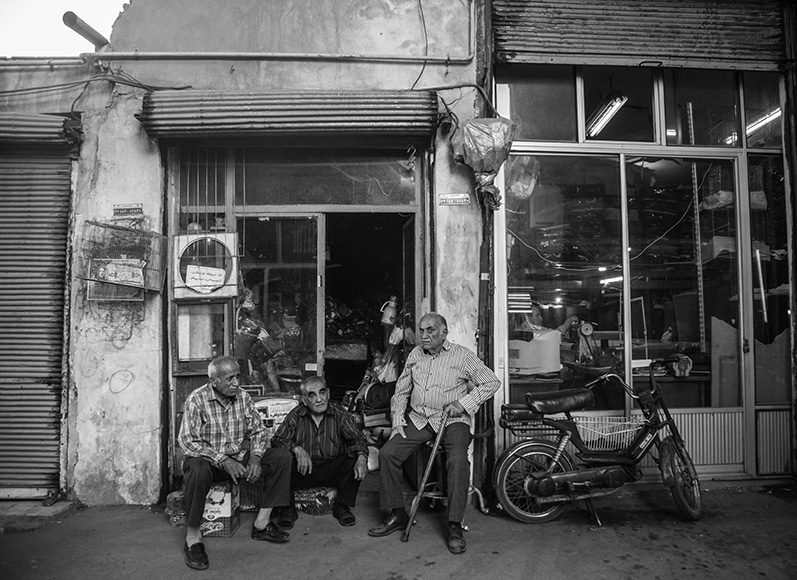
Credit: Ali Barzegarahmadi
While documentary photographers get a lot of practice at being unobtrusive and discreet, that doesn’t mean they never interact with anyone. Quite the contrary.
Building relationships is a really important part of documentary photography work.
It’s by observing and pressing the shutter at the right moment that you capture the shots. But it’s by talking to people that you get to the heart of the stories.
Depending on the type of documentary project you’re shooting, you may need to build relationships so that the people involved can be comfortable with you and your presence.
Talking with people can also help to evolve your project, uncovering leads that take you deeper into the story, or that take your work off on new directions.
Conversing with people is also a way to research your subject and understand what’s going on around you. It can take some practice if you’re not naturally socially-inclined – but it’ll be worth it.
6. Learn the rules – then feel free to throw them away
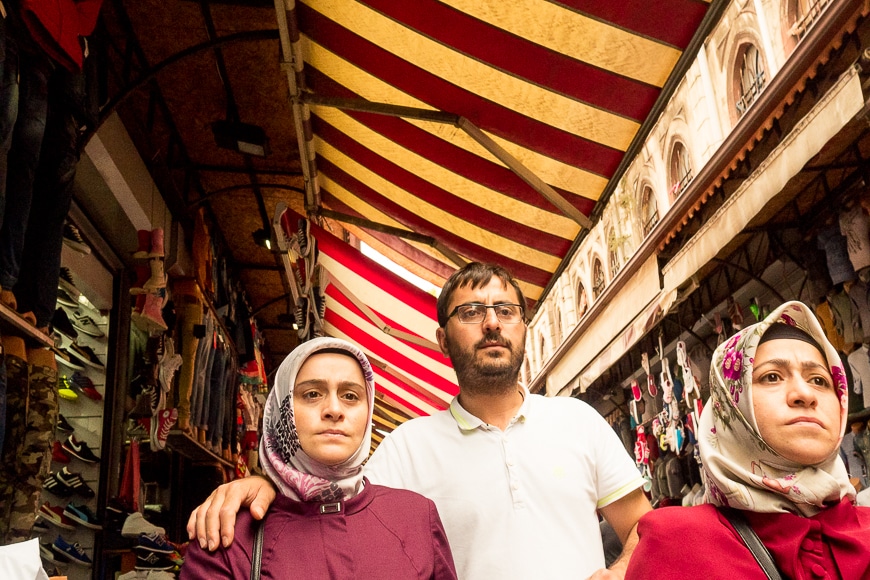
Unconventional framing/perspective can give a sense of movement and highlight that a shot is natural rather than posed.
With any kind of photography, knowing the techniques and rules of composition is helpful.
It can help you achieve well-balanced images that naturally and effortlessly appeal to the viewer’s eye and innate sense of symmetry.
It’s helpful to understand how the rule of thirds works, how leading lines can draw attention to a point in the photograph, and how negative space can be used to highlight a subject… but remember – rules were made to be broken!
This is particularly true in a genre like documentary photography, where the beauty of the composition is often (but not always) secondary to capturing the reality that’s unfolding.
I say composition is often secondary because there’s certainly value in considering how to compose your shot to make it as beautiful and powerful as possible.
Here‘s a great quote from photojournalist Lynsey Addario, who holds one of the world’s most dangerous photography jobs documenting conflicts:
“It’s not all about bravado and just showing up and shooting. If I have the time, I do think about composition. Because if no one stops to look at the picture, what’s the point of taking it? And if making it beautiful does that, that’s what I’m striving for. Sometimes there is beauty in war zones.”
As Addario points out, you don’t always have time to perfectly compose your shot. So when it comes to documentary photography, don’t be afraid to put the rules aside and get creative in your own way.
Sometimes haphazard framing or even a little blur can help to convey the urgency and motion of a situation.
And shooting from an unconventional angle – like from lower down or up above – can place the viewer in a unique, perhaps even voyeuristic position.
Experiment and play with different types of compositions, adhering to the rules or breaking them at will – and in time, you’ll develop your own unique style where you can shoot quickly and not have to think too much about it.
7. Be organised and back up your work
Depending on the subject, documentary photography projects can span days, weeks, months – even years.
That’s why documentary photographers need to be super organised with their work files.
You want to have a good system for sorting and tagging collections of photos so you can come back to them at a later date and find the ones you want.
You’ll also want to be extra diligent about backing up your images. No-one wants to lose months of work to a dead hard-drive
For some recommendations of good online photo storage solutions, check out this guide.
8. Edit with care
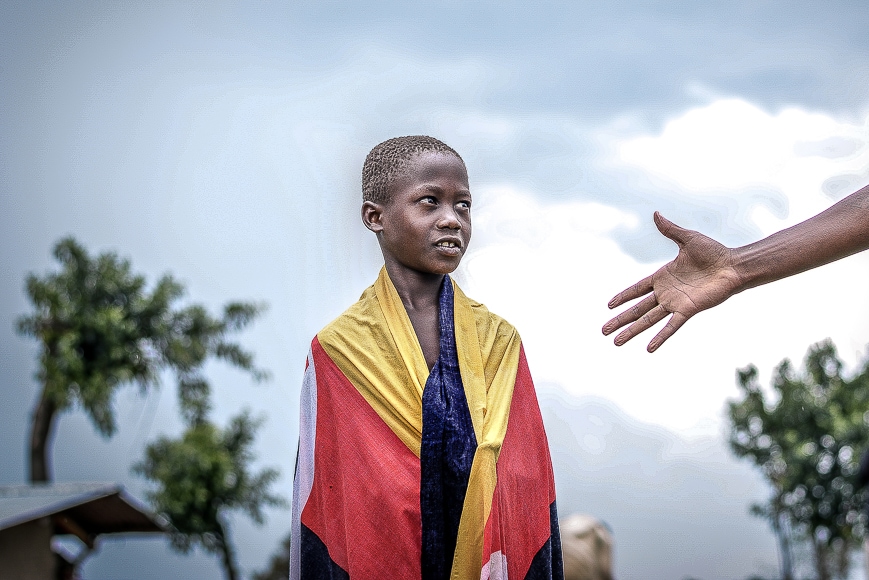
Embracing documentary photography means embracing real life and its imperfections.
While many documentary photographers make their work an art form – editing and presenting their photos in creative, visually captivating, even beautiful ways – too much editing or manipulation would take their shots out of the realm of documentary.
That’s why it’s best to approach your post-processing with care (or at least with consciousness).
How you do it is up to you. You might convert your shots to black and white. Or you may want to post your documentary shots on social media with a slight retro filter that makes them feel like they already belong to a history that’s been made.
But perhaps you draw the line at manipulating images in Photoshop, preferring to resist the urge to smooth skin or clear away messy elements in the frame.
The key thing is to be aware of the integrity of your images. Know your values; know what makes your documentary photography work a genuine representation of reality, and process your photographs accordingly.
Final Words
Documentary photography can be a highly challenging yet deeply rewarding pursuit.
Unlike the glossy, manufactured scenes we see on Instagram, it’s a type of photography that’s not about creating perfect moments but rather capturing them as they are – with all the raw, real emotion included.
So in choosing your projects, think about what reality you want to reveal to the world. What issues are worth shedding light on? What stories are worth remembering?
By making documentary photography your art form, you can create images that not only document history but have a hand in shaping it.
In the words of documentary filmmaker Werner Herzog:
“For such an advanced civilization as ours to be without images that are adequate to it is as serious a defect as being without memory.”
Hopefully, you’ve found this guide to documentary photography helpful in kickstarting your adventure into the genre. If you have any questions, please feel free to leave them in the comments section below.

Check out these 8 essential tools to help you succeed as a professional photographer.
Includes limited-time discounts.





